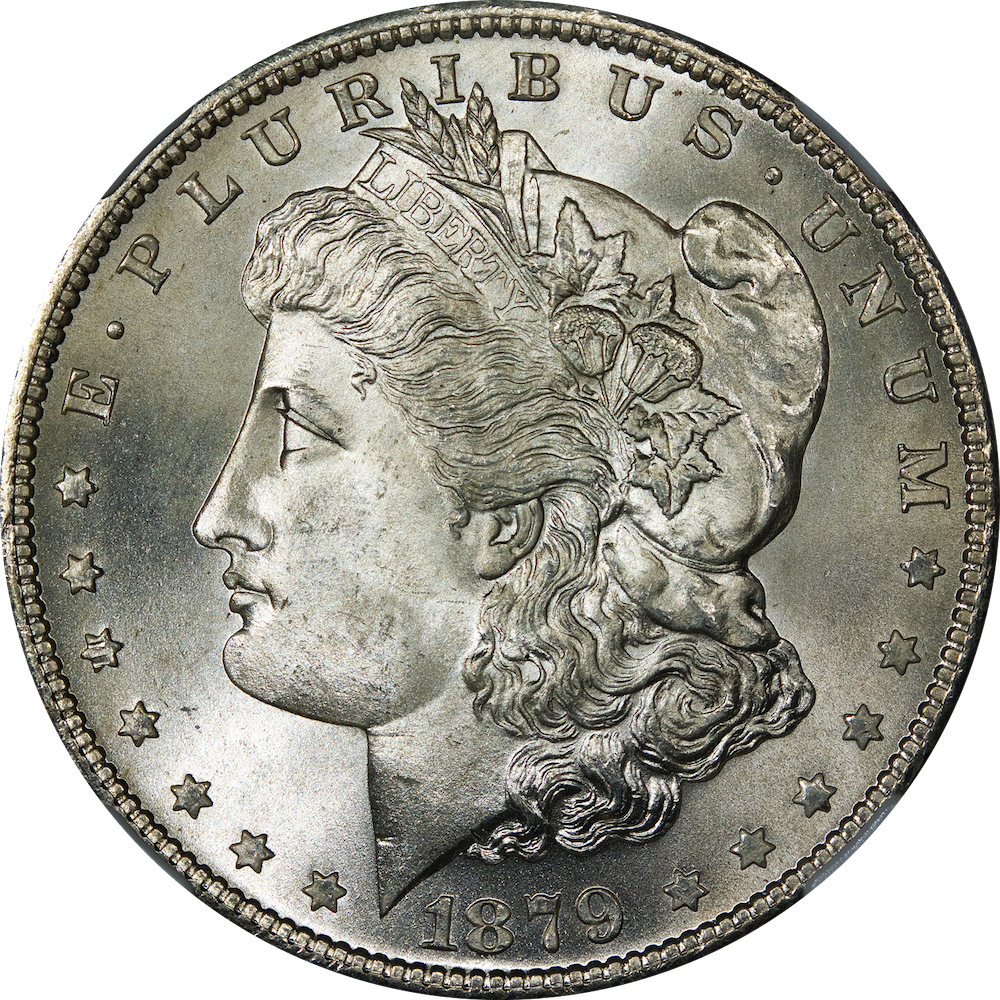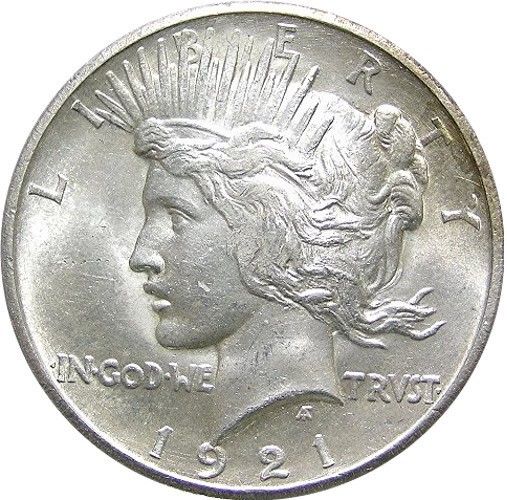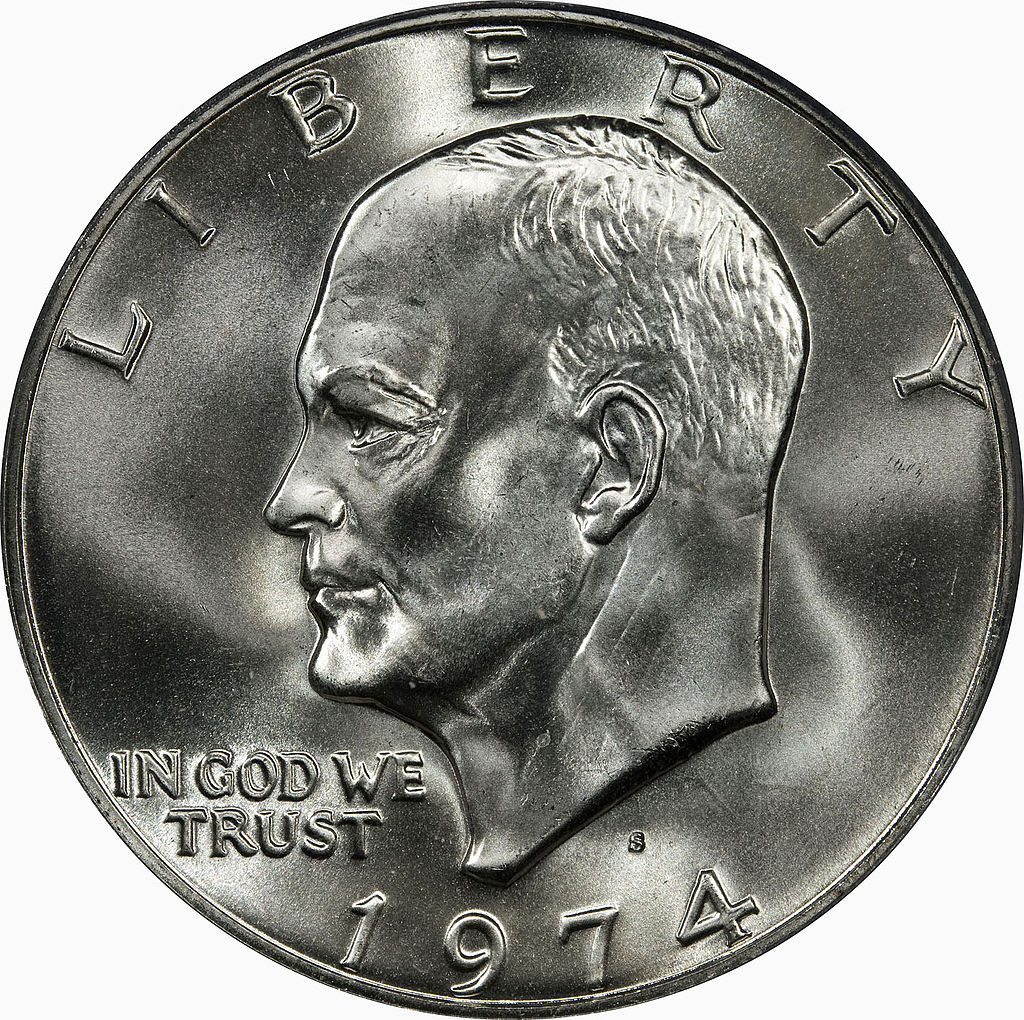ANA Board Continues to Play Games
In early 2021, the Board voted to remove Faran Zerbe’s name from the award based on unproven accusations. Based on the Board’s statement, they accused Zerbe of “hucksterism and fraud” for a collectible created in 1904 for the Louisiana Purchase Expo. However, contemporary accounts do not support this accusation, and Zerbe went on to serve as head numismatist for the expositions in 1905 (Portland) and 1915 (San Francisco).
The Board also accused Zerbe of “unscrupulously obtained personal ownership of The Numismatist in 1908 from relatives of the ANA’s late founder, Dr. George F. Heath.” Their statement even said it was an “allegation” and has never provided documentation to confirm their allegations.
It is difficult to argue against creating an award for Chet Krause, and his work and dedication to the ANA and the hobby deserve an honor. But honoring Krause should NOT diminish the contribution of Zerbe, and the ANA should have created a separate award or renamed the award the Zerbe-Krause Distinguished Service Award.
Instead of joining the politically correct “woke” crowd, the ANA Board of Governors should be working on ways to expand the association’s reach and impact. There is so much the Board can do to better the ANA than play these games.
Weekly World Numismatic News for April 18, 2021
WELCOME TO NATIONAL COIN WEEK!
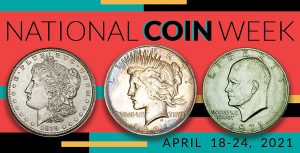 Starting today, April 18, 2021, through April 24, National Coin Week celebrates “Money, Big and Bold,” the history of the large dollar coin. The influence for this year’s NCW theme is the 100th anniversary of the revival of the Morgan Dollar and the first issue of the Peace Dollar. It is also the 50th anniversary of the first Eisenhower Dollar, the last of the large dollar coins.
Starting today, April 18, 2021, through April 24, National Coin Week celebrates “Money, Big and Bold,” the history of the large dollar coin. The influence for this year’s NCW theme is the 100th anniversary of the revival of the Morgan Dollar and the first issue of the Peace Dollar. It is also the 50th anniversary of the first Eisenhower Dollar, the last of the large dollar coins.
The dollar coin has had a fascinating history in the United States. Before paper money and during the wild days referred to as Broken or Obsolete Banknotes, before the National Bank Act of 1863, coins were considered safer than the barely regulated paper. As with many policies of the time, paper money was more in favor in the eastern United States than in the west. The west preferred the coins.
In 1918, Congress passed the Pittman Act, whose purpose was to supply the British with silver to help with their war effort. When the British repaid the United States, the government had to produce silver coins to replace coins melted to create the bullion shipped to Britain.
In 1921, the U.S. Mint had not produced a silver dollar since 1904 and did not have dies to produce coins. Chief Engraver and the coin’s designer Charles Morgan created new master dies to produce coins.
When the U.S. Mint discussed creating the new dies, former ANA President Farman Zerbe presented a paper at the 1920 World’s Fair of Money proposing the Peace Dollar. Congress eventually agreed, which led to the committee that picked Anthony di Franchisci’s design. Production of the Peace Dollar began in 1921.
The Peace Dollar almost made an appearance in 1964 when Congress proposed striking a new dollar coin. But the silver shortage and the end of using silver for circulating coinage ended this program. Allegedly, the U.S. Mint destroyed all 1964 Peace Dollar patterns.
In 1969, Mint Directory Mary Brooks wanted to issue dollar coins. As part of the negotiations with Congress to authorize a new coin, she suggested honoring the former World War II General and President Dwight D. Eisenhower. The suggestion convinced Congress to pass the legislation, and the U.S. Mint began Eisenhower Dollar production in 1971.
In 1975, the U.S. Mint was concerned with the level of resources required to produce the coin. Negotiations began to produce a smaller dollar coin. The results of these negotiations led to the introduction of the Susan B. Anthony Dollar in 1979, ending the production of the large circulating dollar coin.
All of the posts this week will be about large dollar coins except for Monday. Monday’s post will have a special announcement.
And now the news…
 → Read more at pennlive.com
→ Read more at pennlive.com
 → Read more at jacksonvilleprogress.com
→ Read more at jacksonvilleprogress.com
 → Read more at phys.org
→ Read more at phys.org
 → Read more at kitco.com
→ Read more at kitco.com
 → Read more at star-telegram.com
→ Read more at star-telegram.com
 → Read more at theguardian.com
→ Read more at theguardian.com
Weekly World Numismatic News for April 11, 2021
Some can make an argument to call the Farouk-Fenton 1933 Saint-Gaudens Gold $20 Double Eagle coin the most famous coin in the world. Although other coins have surpassed it in price since Stuart Weitzman purchased it in 2002, its legend lives beyond any other coin.
The story of the coin spans families, generations, continents, court cases, and was almost destroyed in the World Trade Center on September 11, 2001. Its story was told in two excellent books and the revealing of the coin’s current owner made international headlines.
Now, the world’s most famous coin has been certified, graded, but not entombed in plastic. Sotheby’s requested the grading and certification for the coin and asked that the coin not be slabbed. PCGS graded the coin and provided an image certification. They also announced that the new owner could submit the coin for holdering after the auction.
Although certification is necessary for some coins in this day of counterfeits, there are some coins whose importance goes beyond the need to entomb them in plastic away from the world. The last legal tender gold coin from the time Franklin D. Roosevelt withdrew gold from the market is one of those coins.
There have been other famous coins displayed in slabs that give them a lonely feel. Looking at any of the five 1913 Liberty Head Nickels makes it seem like it’s trapped instead of proudly standing, showing off its fascinating story. The same fate awaits the 1933 Double Eagle should its next owner decide the plastic is more important than the coin.
For the sake of allowing the legend to live, I hope the next owner decides not to hide this coin in plastic and allows the world to celebrate its story and beauty.
And now the news…
 → Read more at nytimes.com
→ Read more at nytimes.com
 → Read more at news.artnet.com
→ Read more at news.artnet.com
 → Read more at livescience.com
→ Read more at livescience.com
 → Read more at syfy.com
→ Read more at syfy.com
Weekly World Numismatic News for April 4, 2021
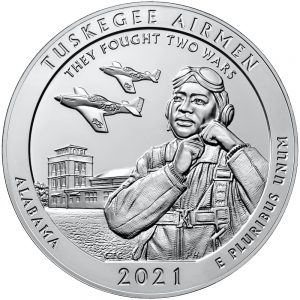 In a few days, the U.S. Mint will release the last of the five-ounce silver America the Beautiful Quarters. The ATB series was a follow-up to the 50 State Quarter Program to honor the nation’s national parks and forests. The order of the program was determined by the date the area became a national park or forest.
In a few days, the U.S. Mint will release the last of the five-ounce silver America the Beautiful Quarters. The ATB series was a follow-up to the 50 State Quarter Program to honor the nation’s national parks and forests. The order of the program was determined by the date the area became a national park or forest.
The Tuskegee Airman National Historic Site in Tuskegee, Alabama, became a registered historic site on November 6, 1998. Formerly Morton Field, the site was the Tuskegee Airmen’s base and training center, the only African-American division of the U.S. Army Air Corps during World War II.
The end of the ATB quarters also ends the corresponding five-ounce hockey puck-sized bullion coin issues. The big coins are popular with investors and some collectors.
Now that the ATB quarters program has ended, a reverse celebrating George Washington’s crossing the Delaware River will replace the reverse for the rest of 2021. In 2022, the quarters will feature prominent women in United States history. The program will last until 2026, when the quarters’ design will celebrate the American Semisesquincentenial (250 years).
And the law that extended the circulating commemorative programs also includes the provisions for the U.S. Mint to create five-ounce silver hockey puck-sized coins from almost any program.
And now the news…
 → Read more at jpost.com
→ Read more at jpost.com
 → Read more at canberraweekly.com.au
→ Read more at canberraweekly.com.au
 → Read more at voanews.com
→ Read more at voanews.com
 → Read more at haaretz.com
→ Read more at haaretz.com
 → Read more at looper.com
→ Read more at looper.com
March 2021 Numismatic Legislation Review
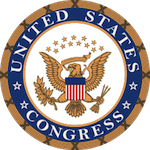 Every month we look at the numismatic legislation that Congress worked on the previous month. Since the 117th Congress is only three months into its first session, most of the legislative action is introducing bills.
Every month we look at the numismatic legislation that Congress worked on the previous month. Since the 117th Congress is only three months into its first session, most of the legislative action is introducing bills.
Nowadays, Congress members do not have to drop their papers into the hopper in their respective chambers. Bills are submitted electronically. To prove that they are doing something, these legislators also post the bill on their official websites. Inevitably, an intern or low-level staffer makes a mistake that gets misinterpreted by the press, making it sound like a bill has been passed. According to the Government Printing Office, there has been no numismatic-related bill that has made it past its committee assignment.
A few days ago, Rep. Alexander Mooney (R-WV) introduced H.R. 2285, a bill “To amend the Internal Revenue Code of 1986 to clarify that gain or loss on the sale or exchange of certain coins or bullion is exempt from recognition.” Although this bill’s text has yet to be published, the title suggests that it will make the sale of coins and bullion exempt from capital gains taxes.
Currently, collectors who sell items from their collections are required to pay capital gains taxes on the profit from the sale of their coins. If you bought a coin for $100,000 then sell it for $150,000, the capital gains tax is applied to the $50,000 profit. Under the 2020 rate schedule, that is a 0% tax, except if you bought the coin within the last year, it is taxed as part of your regular income. But if you bought the coin for $50,000 before 2020 and sold it for $150,000 in 2020, then the $100,000 profit is taxed at 15%.
Are you confused? This is why the potential of eliminating the capital gains tax on coins and bullion will help the industry.
Here is the list of the eight bills introduced in March 2021.
H.R. 1648: To require the Secretary of the Treasury to mint coins in recognition and celebration of the National Women’s Hall of Fame.
S. 672: A bill to amend title 31, United States Code, to save Federal funds by authorizing changes to the composition of circulating coins, and for other purposes.
H.R. 1842: To require the Secretary of the Treasury to mint commemorative coins in recognition of the Bicentennial of Harriet Tubman’s birth.
H.R. 1789: To amend title 31, United States Code, to save Federal funds by authorizing changes to the composition of circulating coins, and for other purposes.
S. 697: A bill to require the Secretary of the Treasury to mint commemorative coins in recognition of the Bicentennial of Harriet Tubman’s birth.
H.R. 1900: To require the Secretary of the Treasury to mint coins in commemoration of the health care professionals, first responders, scientists, researchers, all essential workers, and individuals who provided care and services during the coronavirus pandemic.
S. 867: A bill to require the Secretary of the Treasury to mint coins in recognition and celebration of the National Women’s Hall of Fame.
H.R. 2284: To amend the Internal Revenue Code of 1986 to clarify that gain or loss on the sale or exchange of certain coins or bullion is exempt from recognition.
CHANGING SUBSCRIPTION SERVICE APRIL 1
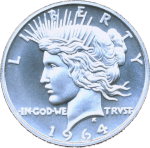 Last October, I announced that the Coin Collectors Blog and Coin Collectors News will change the subscription service to use WordPress to send email updates. Unfortunately, the family experienced a tragedy that caused postponement of a lot of plan.
Last October, I announced that the Coin Collectors Blog and Coin Collectors News will change the subscription service to use WordPress to send email updates. Unfortunately, the family experienced a tragedy that caused postponement of a lot of plan.
Now it is time to move the subscription system. On April 1, 2021, I will turn off Google’s Feedburner service and exclusively use WordPress. However, WordPress does not allow me to import email addresses from the old system. Those interested in receiving updates via email must subscribe via the form below or in the sidebar.
Please visit the Coin Collectors News site to sign up for updates when the industry makes news.
Thank you for reading.
Thank you for being part of my collecting adventure!

